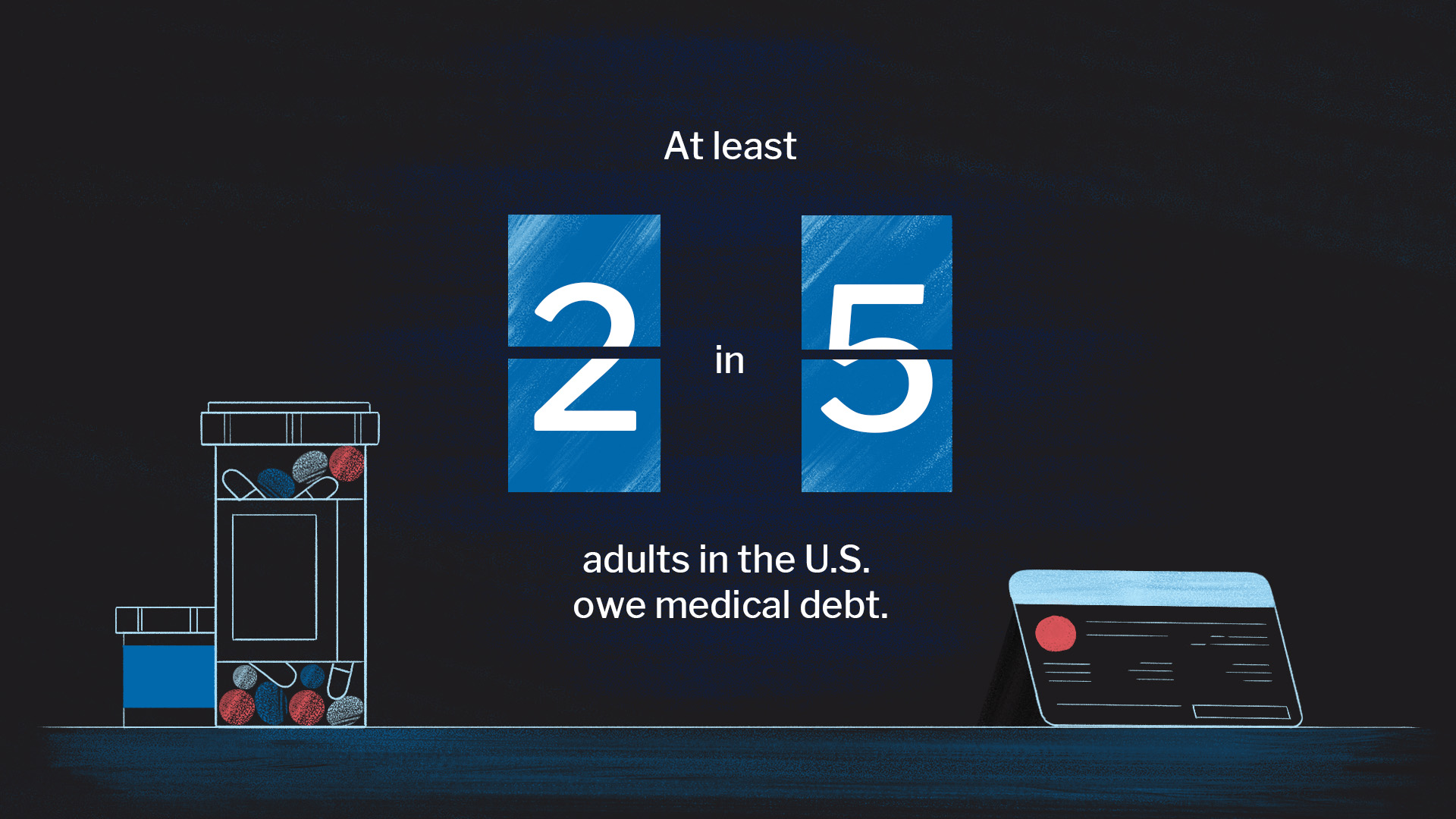Author: Alex Herder
Why Speed Wins
In public affairs, timing is everything. If you can’t respond quickly, you miss opportunities to shape policy discussions and influence decision-makers. Slow approval processes, rigid workflows, and unprepared teams mean your opposition will define the narrative first.
A strong rapid-response video strategy enables public affairs teams to react quickly, influence conversations, and stay ahead of fast-moving policy developments. But putting a system like that into place takes time and investment. Here’s how to build a machine that ensures your team can produce impactful videos in hours—not weeks.
Step 1: Plan for What You Might Need
Why It Matters: The biggest barrier to rapid-response content is scrambling to figure out what to say and how to say it. If you wait until the crisis hits, you’re already behind. Preparation is the foundation of speed.
How to Do It:
- Identify recurring policy issues your organization deals with (e.g., healthcare funding, trade regulations, environmental policies).
- Map out potential future needs—anticipate key debates, policy shifts, and legislative cycles.
- Maintain a messaging playbook with pre-approved talking points for different scenarios.
Example: A trade association tracks upcoming legislative hearings and pre-outlines potential video messages for each outcome (supporting, opposing, calling for amendments).
Step 2: Build Customizable Video Templates
Why It Matters: Starting from scratch slows you down. Pre-designed templates make production seamless and eliminate creative bottlenecks.
How to Do It:
- Create pre-designed video formats (e.g., 30-second explainer, breaking news update, stakeholder testimonial).
- Use consistent branding elements (logos, intros, animations) to maintain professionalism and leverage your brand trust and familiarity.
- Develop modular templates where only the text, footage, or key details change.
Example: A policy advocacy group uses a pre-built “Breaking News” template—they just drop in new text and export it within minutes.
Step 3: Pre-Make Key Video Assets
Why It Matters: The more content you have ready in advance, the faster you can move when a moment arises.
How to Do It:
- Stockpile footage of your leaders, industry experts, and stakeholders in a well-organized library that you can access quickly.
- Have pre-recorded expert soundbites on standby for common policy topics.
- Store graphic elements (text overlays, charts, infographics) in a shared folder for easy access.
Example: A lobbying firm has a library of lawmaker testimonials and data graphics, ready to drop into response videos as needed.

In partnership with the Legal Services Corporation, we created a library of templatized assets with a key focus on their data graphics.
Step 4: Define Your Distribution Strategy in Advance
Why It Matters: Even the best video is useless if it doesn’t reach the right audience in time.
How to Do It:
- Outline who needs to see the video and where they consume content (e.g., Hill staffers = LinkedIn & email; grassroots supporters = Twitter/X, BlueSky, TikTok, or Instagram).
- Build email lists of key decision-makers who should get videos ASAP.
- Assign specific team members to distribute content (e.g., one person emails policymakers, another handles social).
Example: A climate policy nonprofit sends rapid-response videos directly to legislators’ staff inboxes within an hour of a new regulation announcement.
Step 5: Lock Down Your Approval Process
Why It Matters: Bureaucracy kills speed. If you don’t have pre-set approval workflows, internal delays will make your content irrelevant.
How to Do It:
- Establish clear approval roles—who signs off on content, and how fast?
- Set pre-approved messaging guidelines so minor tweaks don’t require leadership review.
- Use a dedicated Slack channel or shared doc to approve rapid-response content in real-time.
Example: A healthcare advocacy group ensures that any video under 30 seconds using pre-approved messaging can be posted without executive review—cutting approval time from days to minutes.

A graphic style, as shown in the frame above, is great for direct messaging with easily recognizable imagery and ample room to highlight important text.
Step 6: Measure & Optimize for Next Time
Why It Matters: The faster you learn what works, the better your next rapid-response effort will be.
How to Do It:
- Track key engagement metrics:
- Did Hill staffers watch the video? (Email open rates, watch times)
- Did it drive action? (Petition sign-ups, social shares)
- Did it shift the conversation? (Mentions in media, policy discussions)
- Adjust your workflow based on what slowed you down—where were the bottlenecks?
Example: After a campaign video failed to reach enough policymakers, a public affairs team added direct LinkedIn messaging to their next launch and saw 3x more lawmaker engagement.
Final Thoughts: Build for Speed, Win the Narrative
Public affairs teams that can turn videos around in hours will always have the advantage. A successful rapid-response video strategy means:
- Anticipating what’s coming
- Preparing assets in advance
- Streamlining production & approval
- Distributing content effectively
- Learning from each launch
Want to make sure your team is ready? Book a strategy session with our team today.
The Rapid-Response Video Playbook for Public Affairs
This free playbook provides a step-by-step guide to creating an efficient, high-impact rapid-response video strategy that ensures your message reaches the right audience—fast.





